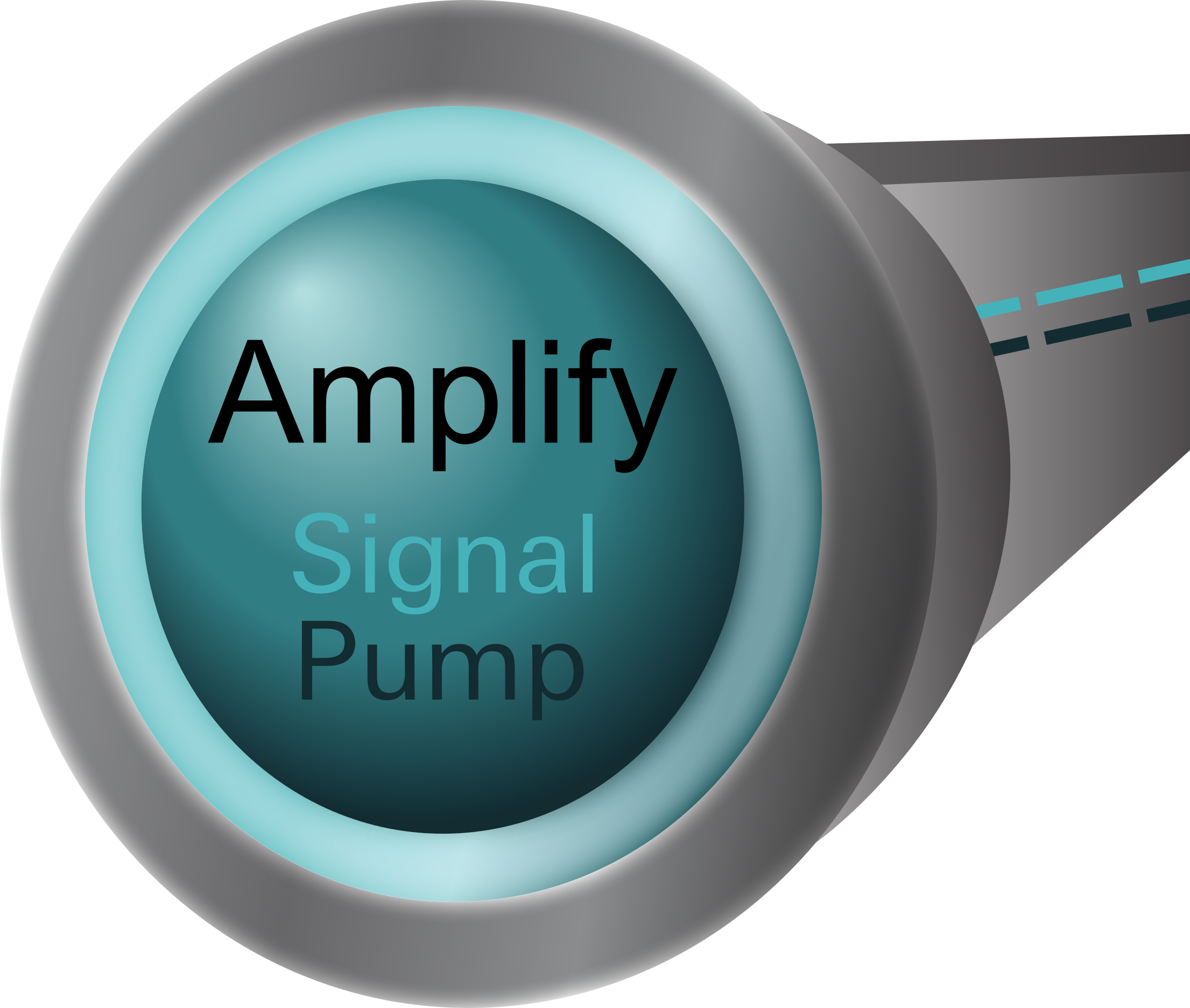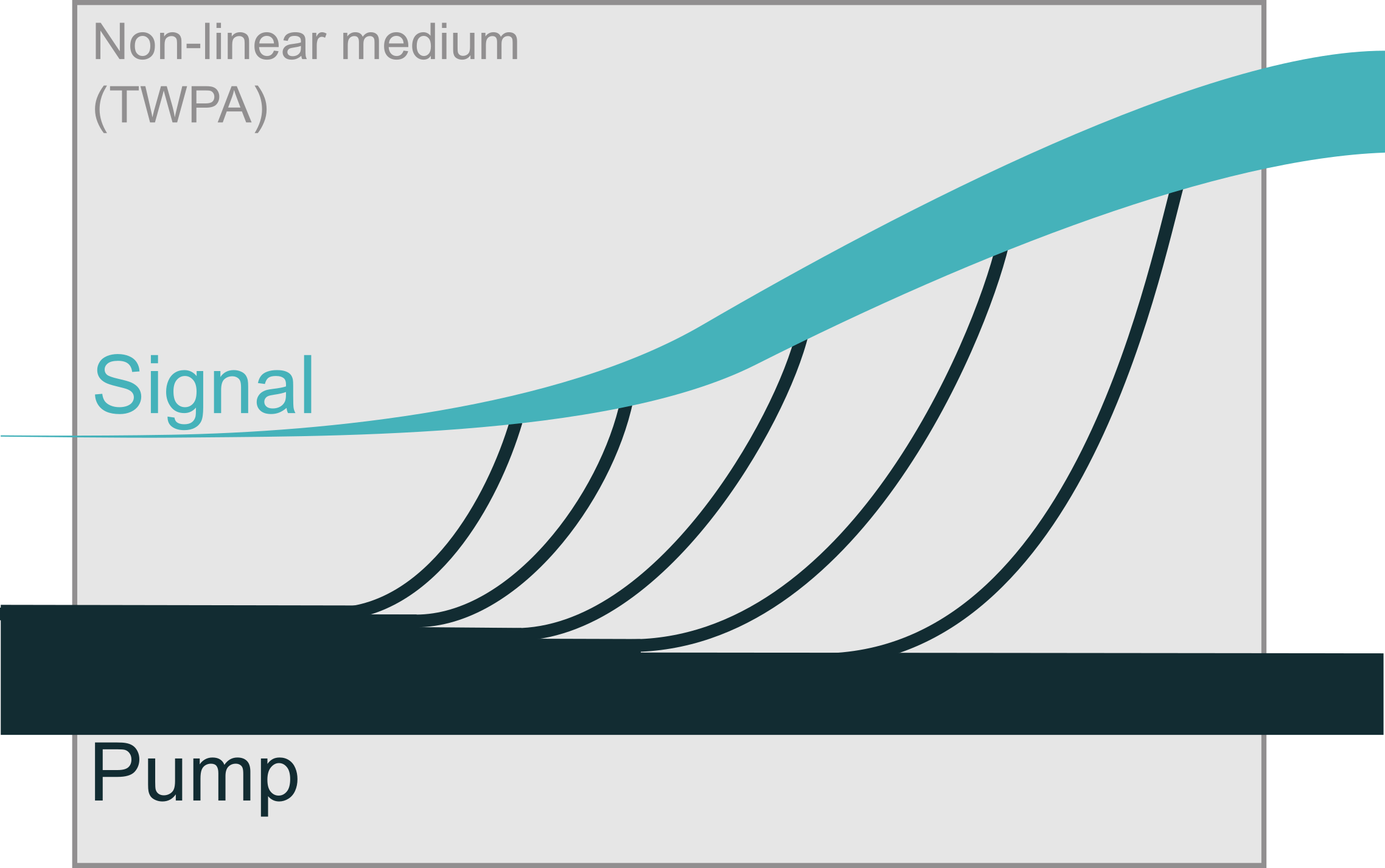TruePA in a nutshell
The TruePA project will develop the next generation of Traveling Wave Parametric Amplifiers (TWPAs), which are key tools for quantum technologies and basic sciences involving the detection of weak electromagnetic signals in the microwave domain. TruePA aims at pushing TWPA devices beyond current limits pursuing three main ground-breaking advances: demonstration of TWPAs which are
- resilient to magnetic fields,
- quantum-noise-limited,
- fully nonreciprocal.
Our approach integrates novel circuit designs and the use of advanced superconducting materials, combined with new characterization methods based on quantum optics techniques. The outcomes of TruePA will highly advance the field of quantum-limited amplifiers providing novel insights into decoherence mechanisms in superconducting circuits and boosting microwave amplification performance in basic science research fields such as quantum information with solid state platforms, astronomy and dark matter search. TruePA brings together internationally known researchers with complementary expertise in the field of superconducting circuits, quantum amplifiers, nanofabrication and quantum optics. This specialized knowledge is complemented by the expertise of two industry partners, to push a new generation of TWPAs to off-the-shelf components contributing to the growth of quantum technologies in Europe and at the same time pushing forward basic science research.
Introduction to TWPAs
TWPAs for Non-Experts: The Wonders of Traveling Wave Parametric Amplifiers (TWPAs)
Ever wondered how scientists and engineers boost signals in communication systems or scientific instruments? Meet Traveling Wave Parametric Amplifiers, or TWPAs for short, a fascinating modern piece of technology that makes electromagnetic signals stronger without adding unwanted noise.
How do TWPAs work?
TWPAs take advantage of a non-linear process called parametric amplification. At its core, a parametric amplifier is designed to amplify signals by utilizing the non-linear properties of a medium, often a non-linear crystal or a superconducting material. The Traveling Wave Parametric Amplifier takes this concept to the next level by incorporating the principles of a traveling wave structure.
Picture a guitar string - plucking the string generates a wave that travels from one end to the other. TWPAs work in a similar fashion but with electrical signals: TWPAs use the principle of parametric amplification to boost signals as they travel along a special type of transmission line. Now, let’s break it down for the curious minds.
- Pump it Up: TWPAs work with a "pump" signal, much like a boost button, which provides the energy for the amplification. The pump is carefully crafted to interact with the transmission line in a specific way.
- Non-linearity: The transmission line is made of a material that responds differently depending on how much energy it receives from the pump signal . When the pump hits this material, it causes it to behave non-linearly, creating an environment where a weak signal can be amplified.
- Traveling Waves: Unlike traditional amplifiers that might boost the entire signal at once, TWPAs work along the signal's journey. As the signal travels through the transmission line, the pump signal interacts with it continuously, making it stronger while it goes onward. In this way, amplification can occur in a much broader frequency range, up to 100 times larger than in non-traveling-wave amplifiers.
- Low noise and large frequency range: One of the key advantages of a TWPA lies in the ability to achieve high gain without introducing significant noise. This is a critical aspect for applications where signal fidelity is paramount, such as in quantum information processing or low-noise communication systems. Moreover, the TWPA exhibits a unique wide bandwidth, allowing it to amplify signals across a large range of frequencies with remarkable efficiency. This characteristic makes it a versatile tool for various scientific and engineering endeavours, where the amplification of signals spanning different frequency bands is essential.


Why Should You Care?
These devices are considered the frontier in microwave amplification research and innovation. In practice, TWPAs find applications in various fields. They can enhance the performance of communication systems, enabling clearer and more reliable signals. In scientific experiments, they help amplifying weak signals, allowing researchers to study phenomena that were once too faint to detect. The beauty of TWPAs lies also in their versatility. From improving the sensitivity of radio receivers to aiding astronomers in capturing faint cosmic whispers, these devices play a pivotal role in enhancing our ability to perceive and interpret weak signals.

